Research Update
With our dive holes drilled, we spent the day collecting more sediment samples from the seafloor. We collected samples at the same location as yesterday, at Cape Armitage in McMurdo Sound. We do not expect this sampling site to yield many pollutants. In a sense, it is like our Arrival Heights site--it is close to areas where there have been human impacts, but does not have a history of contamination. Our divers collected samples from seafloor depths of 120 feet, 80 feet, and 40 feet. We collect samples from different depths along the seafloor because we want to account for the possibility of different ecosystems at each depth. Also, if ice scours (digs out) the seafloor, it is important to have deeper sampling sites that have not been disturbed by ice.
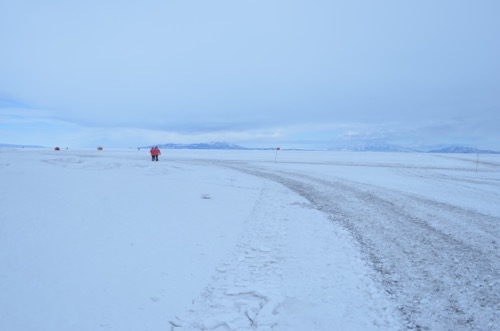
Meet the Divers!
We spend lots of time with divers who work for the United States Antarctic Program (USAP(abbreviation) United States Antarctic Program). They assist many science teams here with their research.
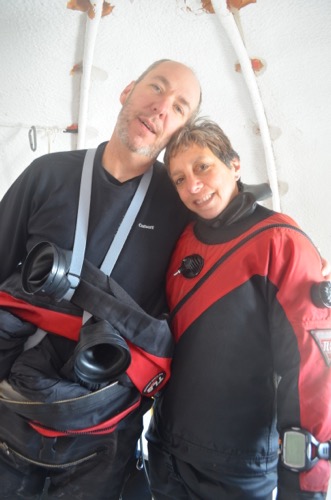
Brenda Konar
Brenda Konar has been diving in Antarctica since 1991. She loves the feeling of going through the dive hole and then seeing the world open up under the ice. A few years ago the ice was around 25 feet thick and she would get to dive through very long dive holes! Brenda has done about 250 dives in Antarctica. She is a researcher and professor at the University of Alaska in Fairbanks, focusing on work with algae and kelp forests. When she is not in Antarctica, she lives in Alaska with her husband and daughter.
Steve Rupp
Steve Rupp has been diving in Antarctica since 1988 and has been a diver for 34 years. He has completed over 900 dives specifically in Antarctica and around 2,500 dives in total. Steve really enjoys how great the visibility under the Antarctic ice. Until recently, he could view around 1000 feet, although lately the visibility has been slightly worse.
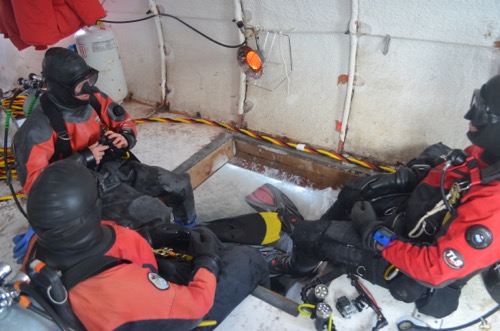
Brenda and Steve have lots of great stories about diving under the sea ice in Antarctica. They have helped deploy instruments, collected sea life and sediments, and even looked for fish eggs on the side of icebergs in Cape Evans (an area near McMurdo Station). They also have helped film crews shoot under the ice, including the group that filmed Frozen Planet.
Terry Palmer
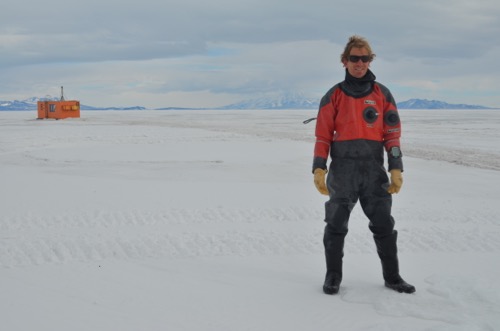
Terry Palmer is the benthic ecologist on our research team, studying the environment along the seafloor. He also dives with the USAP(abbreviation) United States Antarctic Program divers and collects sediment samples and organisms. Terry started diving in 1998, and has been diving in Antarctica since 2011. He has completed 65 dives in Antarctica and almost 500 dives overall. He likes seeing all the interesting creatures under the sea ice, such as bright yellow gastropods, called lamellarian gastropods.
Fruits of the Sea
The divers collected lots of sediment samples today. We will send the sediment samples back to Texas A&M and Steve Sweet will analyze them for pollutants.
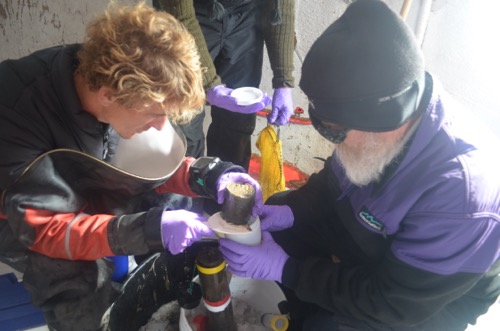
The divers also collected a number of interesting critters in the sampling area. I helped take them out of the net and put them into jars. Some were squirmy, others were jumpy, and some were prickly, but all of them were interesting! Steve will take these organisms back to Texas A&M and look for pollutants in their tissues.
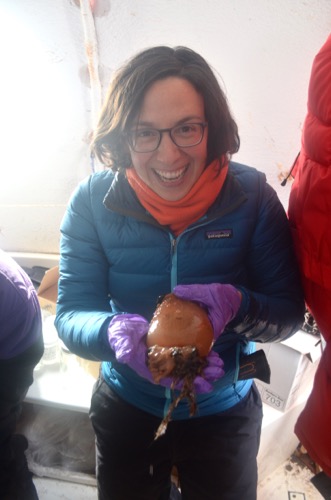
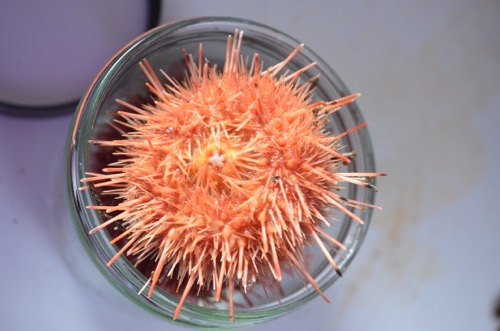
Can you guess which one was squirmy and which one was prickly?
Ice Picture of the Day
Today's Ice POD is about sea anemones which were found in our samples today. An interesting fact about sea anemones in Antarctica is that they prey on their cousin, the jellyfish! Click here to download the PowerPoint slide: 13_icepod.pptx
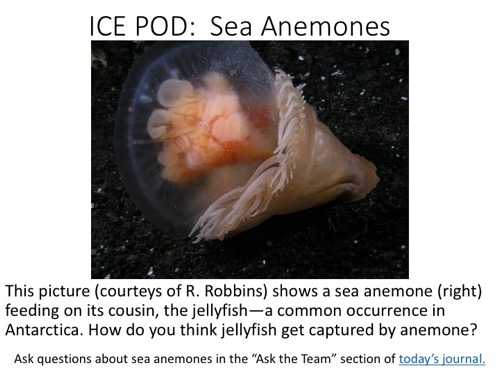
Brought to you by...
Today's journal is brought to you by Mrs. Paden's science class from California.
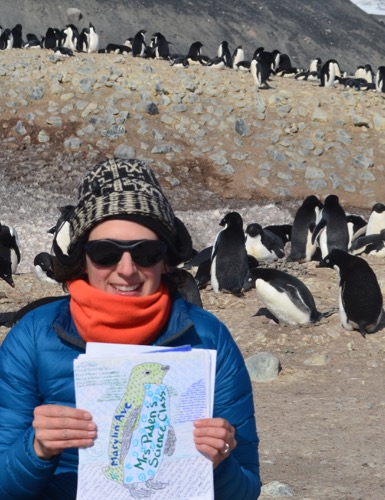
| Attachment | Size |
|---|---|
| 13_icepod.pptx1001.59 KB | 1001.59 KB |

Comments